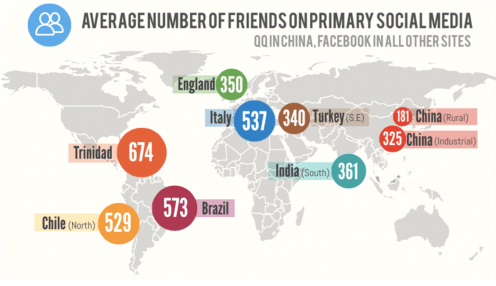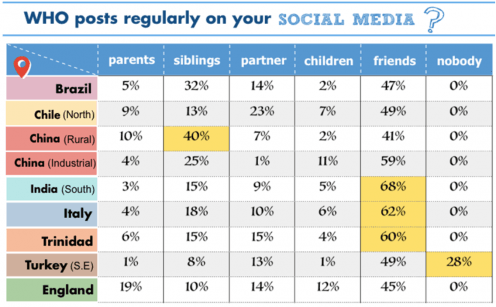Online relationships with strangers can be ‘purer’ than with offline friends
By Xin Yuan Wang, on 26 October 2015
As illustrated in the cartoon ‘On the internet, nobody knows you’re a dog’, published by The New Yorker in 1993, the anonymity afforded by online communication raises interesting questions about authenticity and trust. I encountered such concerns at a media workshop where I talked about the high levels of anonymity on Chinese social media platform QQ. One member of the audience asked: “Don’t you think, in a highly mediated and anonymous environment, people are worried about the authenticity of communication?”
From what I can gather from my research, the answer is no.
To address her question I quoted a migrant factory worker called Feige who lived in the factory town where I conducted my fieldwork:
“They [online friends] like you and talk with you because they really like you being you, not because you are rich so that they can borrow money from you, or you are powerful so that they can get a job from you. Here [online] everything is much purer, without power and money involved.”
Feige is a member of many QQ groups and has his own fans who like to hear his opinions on everything. He sees entirely online friendships as ‘purer’ (chun) relationships, since they do not necessitate pragmatic concerns that often feature heavily in offline relationships. For Chinese migrant factory workers like Feige who are often frustrated by their position in society, social media provides new possibilities of sociality which are free from social hierarchy and social discrimination.
Curiously, strangers online also boast a preferable situation in some factory owners’ eyes. Billionaire factory owners in my field site sometimes avoided attending school reunions in fear of requests for financial help from their old classmates but some were happy to talk with online strangers on WeChat to release the stress which they believed could not be displayed to their subordinates and family members.
Ms. Cheng, a wealthy factory owner, told me:
“I feel that nowadays society is very pragmatic. Sometimes I feel very confused and frustrated. Everyone says that the relationship between old classmates is the purest because there are no benefits or interests involved. But in my case, this was not true. After my middle school reunion I had at least six or seven phone calls from people who attended asking for money or other various kinds of help.”
Ms. Cheng dared not attend any further school reunions after her unpleasant experience. However, she found a supportive community by joining a WeChat group where mothers share their experience of raising children. Here she could share her struggles of dealing with her two teenage children. This was a huge support which she felt she could not obtain from her family.
“At home everybody is busy with the factory stuff…but there (WeChat mothers’ group) I am just a mother, not a factory owner. I show my weakness and get a lot of comfort…I don’t know exactly who they are, but I know they are all mothers like me who share the same problems.”
Chinese migrant workers and factory owners probably lie at the two extremes of the wealth spectrum in the industrial China field site, however both appear to be similarly willing to befriend and communicate with strangers online. Here we can witness how relationships which are mediated by technology turn out to be the more ‘authentic’ compared to offline relationships which in many cases are highly mediated (or ‘polluted’ as people say) by factors such as wealth and social status. The cases from China provide us with a new perspective on online relationships. Here ‘anonymity’ by no means refers to the opposite of ‘authenticity’, just as ‘mediation’ by no means suggests less or more ‘authenticity’.
 Close
Close









